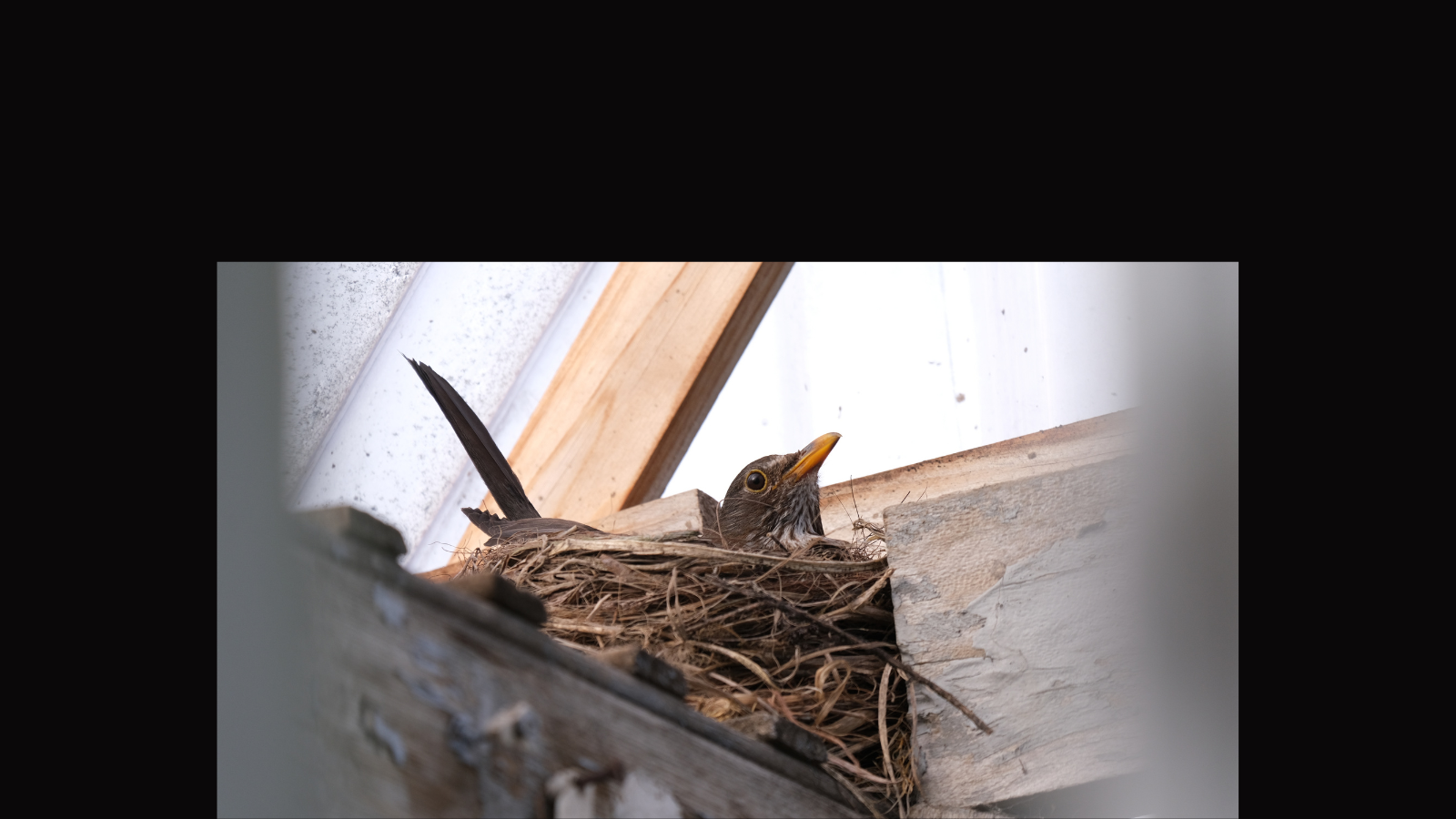
Birds
Birds in North Carolina
Overview:
Over 470 species of birds recorded in NC
Diverse habitats from mountains to coast support a wide variety of species
Important stopover state for many migratory birds
Home to both year-round residents and seasonal visitors
Common Species:
Year-round: Northern Cardinal, Carolina Chickadee, Eastern Bluebird
Summer: Ruby-throated Hummingbird, Barn Swallow, Wood Thrush
Winter: Dark-eyed Junco, White-throated Sparrow, Yellow-rumped Warbler
Migratory: Various warblers, sandpipers, and waterfowl
Habitat and Behavior:
Found in diverse ecosystems: forests, wetlands, coastal areas, urban settings
Breeding seasons vary by species, generally spring through summer
Many species exhibit complex courtship behaviors and songs
Nesting habits range from ground nests to tree cavities to human structures
Conservation Status:
Several species of concern, including Red-cockaded Woodpecker and Piping Plover
Habitat loss and climate change are major threats to many bird populations
Human Interactions:
Common Occurrences:
Backyard bird feeding and bird watching
Nesting on or around human structures
Bird strikes on windows
Uncommon Occurrences:
Aggressive behavior during nesting season
Large roosting flocks in urban areas
Resolution Methods:
DIY Solutions:
Limit bird feeders and baths to lower issues with birds on affected properties
Use decals or patterns on windows to prevent bird strikes, or install curtains
Birds of prey decoys can reduce birds in an area
Professional Wildlife Management:
Installation of netting or spikes to deter roosting on buildings
Habitat modification to discourage problematic species
Implementation of integrated pest management for bird control in agricultural settings
Advanced Management:
To enhance bird management, create a bird-friendly environment that balances human needs with avian welfare. For problem areas, employ humane deterrents like visual or sound devices. Consult professionals for persistent issues or species-specific solutions. Participate in citizen science projects to contribute to conservation efforts. Educate others about birds' importance and challenges. Remember, most birds are protected under the Migratory Bird Treaty Act, so always prioritize non-lethal management and consult authorities before taking any potentially harmful actions. By fostering understanding and appreciation of birds, we can create a more harmonious coexistence in North Carolina. Some species, such as chimney swifts, have periods of the year where exclusions or removal processes can’t be implemented because the species is protected under the migratory bird act. It’s important to consult licensed wildlife specialists to deal with most bird issues as many birds are protected or can be difficult to manage effectively when they’re living in a human structure.

